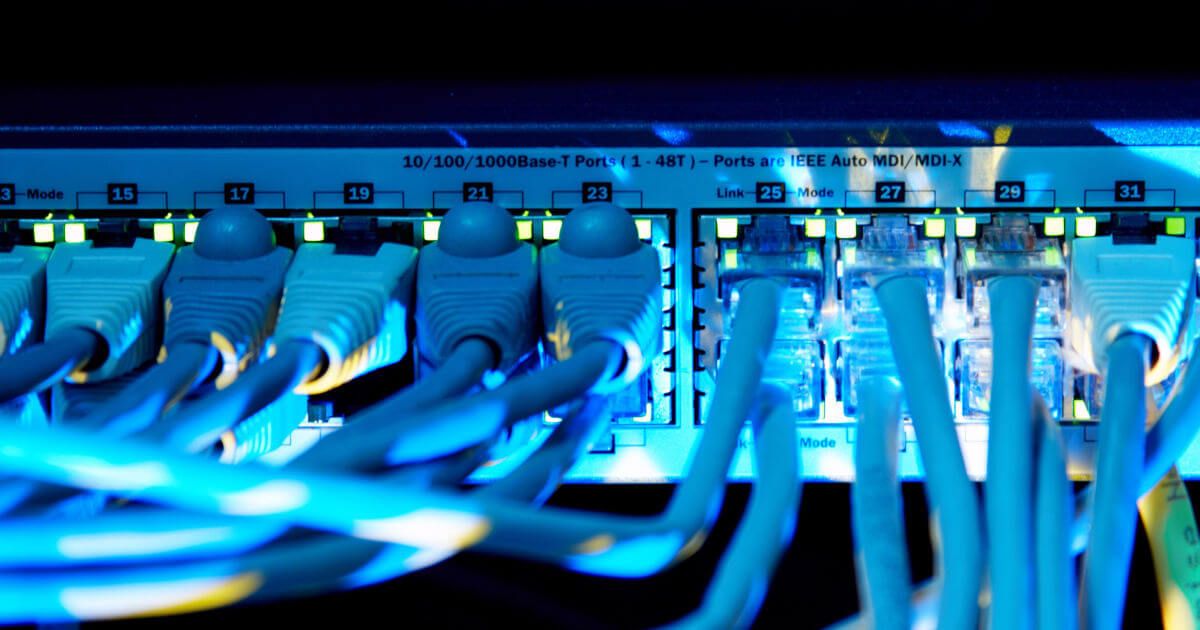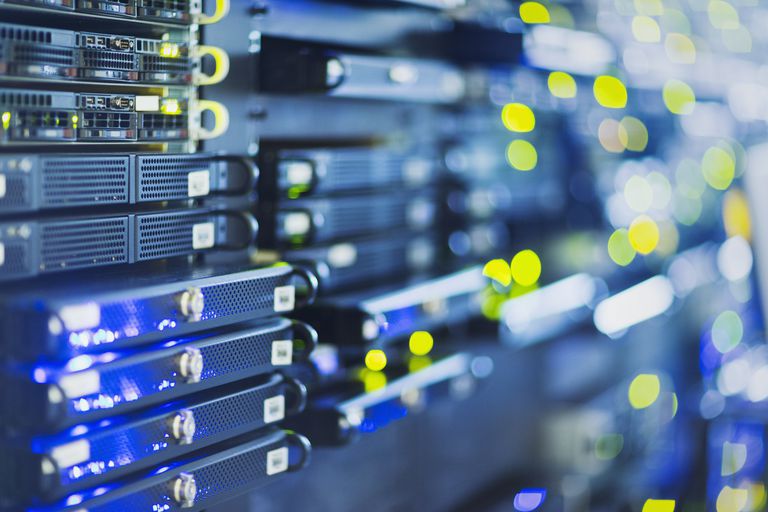If you’re trying to host a website, build an app, or otherwise undertake an endeavor that requires you to have a server, you might wonder whether it’s feasible to build your own server from scratch. Sure, there are existing hosting options available to you for a monthly fee, but if you could find a cost-efficient and labor-efficient way to build your own, it could bring you a number of potential advantages.
The question is, is a custom-made server a realistic possibility for your business?
IMAGE: PIXABAY
Components Necessary For A Server
Let’s start by covering all the components necessary to build a server from scratch.
- The chassis. The chassis, like the chassis of a car, is a metal structure used to contain, protect, and/or assemble the other components of a server. It’s also the unit that makes it possible to assemble multiple servers into a single body.
- The motherboard. The motherboard is a circuit board that contains the most fundamental elements of the server, with available connections to other specialty circuit boards. There are motherboards specifically designed for use in servers, but you could feasibly alter any generic motherboard to suit your purposes. This decision can be a tough one if you’re not an expert.
- CPUs and GPUs. A central processing unit (CPU) is a piece of circuitry that carries out various operations necessary to the server’s function. A graphics processing unit (GPU) is similar, but specializes in manipulating memory to make certain computer processes more efficient. Depending on what you’re using the server for, you’ll need both powerful CPUs and GPUs to do the job right.
- The RAM. The random access memory (RAM) is an element of computer data storage responsible for storing and accessing pieces of data necessary for immediate functions.
- The hard drive. The hard drive is where data is stored long-term.
Each of these components comes with its share of complex variables and important decisions to make. For example, different components will be built with different tech specs. Some will be cheaper, and some will be more expensive. Some will be faster, and some will be slower, but more efficient in some specialized discipline. Some may be easier to integrate than others. This makes it hard to make consistently good choices for the entire assembly.
Beyond that, you’ll also need to consider the peripheral components necessary for a server to do its job. For example, you may need to scrutinize the benefits and weaknesses of various network switches, which connect your server to other destination devices.
Costs
If you buy a server outright, you can expect to pay something like $1,500 to $2,000, though these costs can vary wildly depending on the specs you get. If you build a server from core components, you might be able to save several hundred dollars. However, these costs tend to be higher than simply renting a server, unless you plan on keeping the server for a period of many years. Of course, renting a server also means relinquishing control and sharing server space with other renters, which may not be advantageous in other areas.
Ongoing Maintenance
You also need to think about ongoing maintenance for your server.
For example, you’ll need to:
- Set up backups and make sure they’re working accurately.
- Check your disk usage, and ensure you clean out old files you don’t need any longer.
- Install and check alarms to make sure they’re working properly.
- Update your operating system.
- Update your control panel and applications.
- Check for any hardware errors.
- Monitor your server’s utilization.
- Change your passwords and update your security standards.
These are time-consuming steps, but necessary ones if you want your server to continue operating in good condition. You may be able to learn to perform these steps in your own time, but it’s better to hire someone to take care of it for you. This will, of course, increase your total operating costs.
Opportunities For Mistakes
Next, consider the number of opportunities you have to make a mistake when running your own server. Each component you install adds complexity to your server and increases the chances for something to go wrong. You could also buy something disproportionately expensive or handle maintenance in a way that corrupts your intentions. Accordingly, building a server as someone inexperienced isn’t recommended.
The Bottom Line
Building and maintaining your own server and equipment can be advantageous if you have the right experience or access to resources. It gives you much more control, unique access to the server, and could possibly save you money. However, many business owners would do much better to rent a server or hire a professional to handle things; just make sure you do your research before you try to do it all yourself.
If you are interested in even more technology-related articles and information from us here at Bit Rebels, then we have a lot to choose from.


COMMENTS